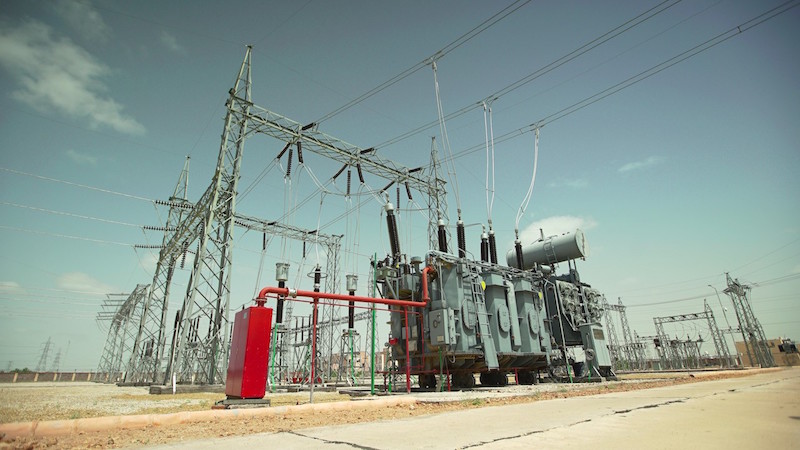Earlier this month, the Climate Investment Funds (CIF) celebrated its 10th anniversary at the incredibly impressive Noor Concentrated Solar Power facility in Ouarzazate, Morocco.
This 580 MW complex likely would not have happened without concessional finance. The same goes for scores of other innovative, first-of-their-kind facilities around the world.
For years, concessional finance has been recognized as a “secret sauce” for accelerating development of low-carbon technologies in emerging economies. Pairing clean energy with affordable, flexible financing can make infrastructure like wind or solar power more cost-competitive, even more so than fossil-fuel sources. That’s good news for the economy and the world.
But the specifics on how below-market-rate financing has been used for clean energy—and more importantly, how it impacts the broader market—have not been thoroughly investigated.
Until now.
With time running out to transition global economies to a 2-degree world, CIF enlisted Bloomberg New Energy Finance (BNEF) to take a closer look at the concessional finance recipe and draw lessons that can inform future climate finance.
The report, Clean Technology Fund and Concessional Finance: Lessons Learned and Strategies Moving Forward, covers a lot of ground. Here are three particularly interesting takeaways:
1. Concessional finance can rapidly accelerate uptake of clean energy technologies in developing countries. In Mexico, for example, approximately $100 million in concessional financing from CIF’s Clean Technology Fund (CTF) helped kickstart the country’s wind power market and directly led to over 1,000 megawatts of new wind capacity. This market is now worth a whopping $11.8 billion, and has matured to the point where concessional finance is no longer needed. In the world of climate finance, that’s a key metric for success.
2. Concessional finance can have a major impact on the trajectory of a country’s power sector. In certain regions, renewable energy can take ages to become cost-competitive with fossil fuel-powered plants. However, concessional financing from institutions like CTF can accelerate two critical “tipping points” in clean energy markets:
- First tipping point: When a clean energy facility becomes cheaper to build than a new gas or coal plant. Traditionally, in many developing markets, this could take five to ten years, or even longer. BNEF’s analysis, however, found that concessional finance can shave years off this timeframe. In Thailand, for example, concessional finance has the potential to reduce clean energy costs by five to seven percent, which would accelerate this tipping point by two years and prevent new fossil-fired plants from being built. When a market crosses this threshold, building a clean energy facility is not only the right thing to do—it’s the economically sensible thing to do.
- Second tipping point: When building a new clean energy facility becomes cheaper than running an existing gas or coal plant. In this scenario, concessional finance can decrease project costs to the point where it is actually more economically viable to build a brand-new clean energy facility than maintain an existing fossil-fueled plant. In the case of India, BNEF found that concessional finance can help accelerate Tipping Point #2 for new wind plants by as much as four years—this in a country that installed 94.3 gigawatts of coal capacity over the last five years. This is a critical step towards the deep decarbonization needed to reach a 2-degree world, as there are hundreds of gigawatts of coal capacity that will keep running for decades unless a more profitable choice is available.
3. There is huge potential for concessional finance to create markets for next-generation low-carbon technologies, in particular batteries: As solar and wind energy become more widespread, so does the need for grid flexibility and energy storage. While batteries are still expensive, BNEF found that the higher the cost of a technology, the greater the potential impact concessional finance can make. For a lithium ion battery project, reducing capital costs by even one percentage point can reduce energy generation costs by ten dollars per MWh. The analysis shows that concessional finance could incentivize new storage capacity globally by lowering capital costs of this relatively expensive technology.
Looking ahead, there is a major role for concessional capital to play in high-emitting countries over the next 10 years and beyond. Now’s the time to get moving.
Read the full press release here.
This post is sponsored by the Climate Investment Funds. See our editorial guidelines for what this means.
